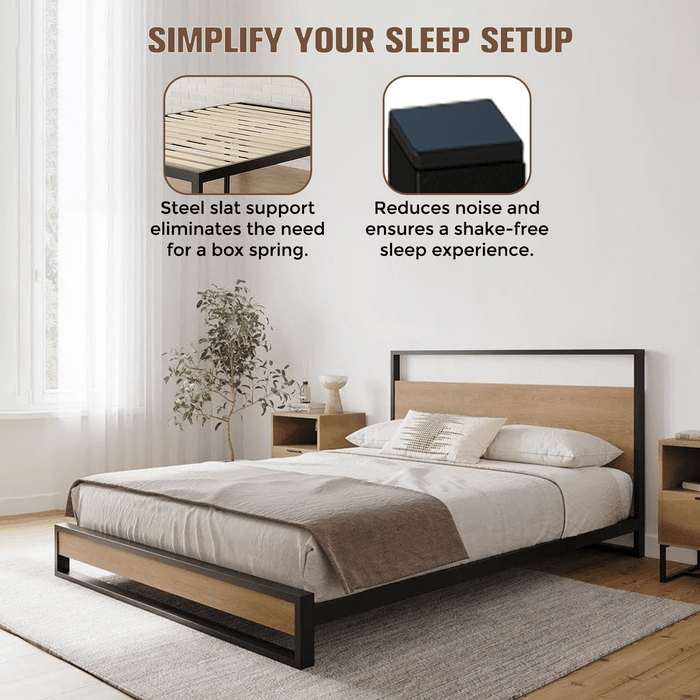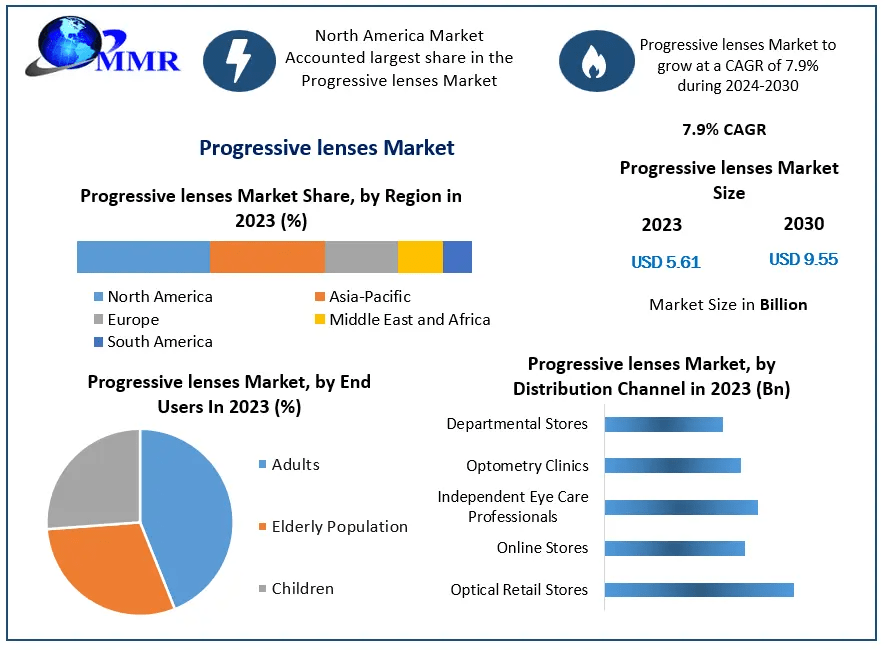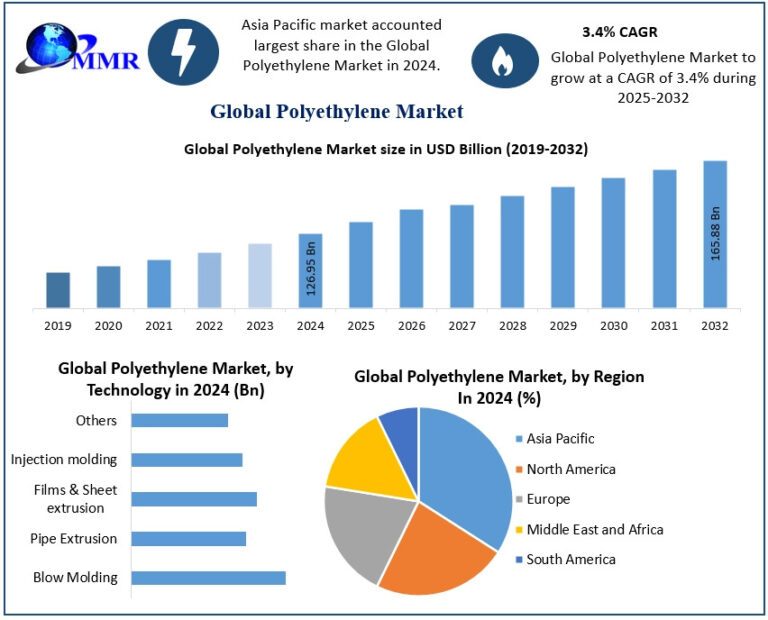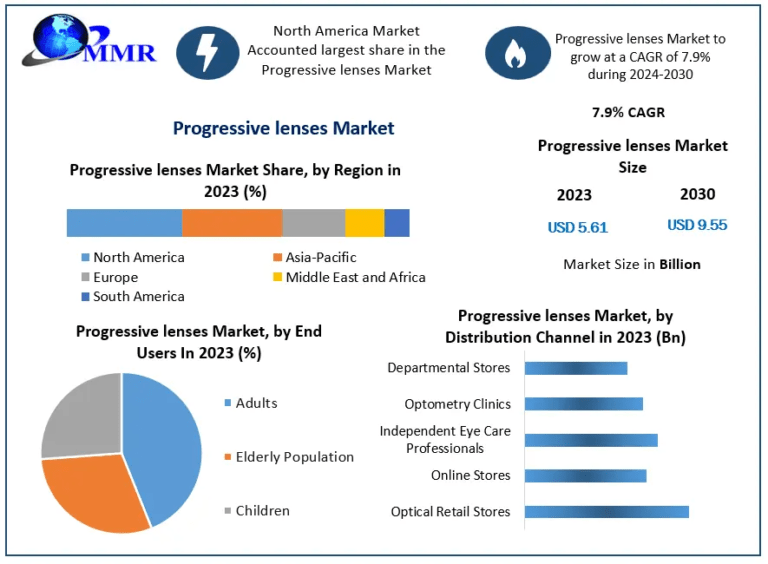Among the numerous material processing techniques available, the vacuum forming of plastic sheets stands out as a highly flexible and adaptable method for creating a vast range of products. This technique, which involves heating a plastic sheet until it’s pliable and then using vacuum pressure to mold it against a specific form, opens up a wealth of creative possibilities for designers and engineers looking to bring their ideas to life. From sophisticated packaging that enhances product appeal and provides protection, to durable and precise industrial components, the potential of vacuum-formed plastic sheets continues to inspire innovation in countless sectors. This exploration delves into the diverse aspects of vacuum forming, highlighting its inherent advantages, wide-ranging applications, and the significant role played by specialized manufacturers and exporters, particularly in regions like Ahmedabad, India, in shaping the future of this transformative technology.
The Core Principles and Benefits of Vacuum Forming
The fundamental principle behind vacuum forming is both simple and remarkably effective. A sheet of thermoplastic material is securely held in place and then heated to a temperature where it becomes soft and easily shaped. Once it reaches this pliable state, the sheet is carefully placed over or beneath a mold. The crucial step involves applying a vacuum, which removes the air from between the plastic sheet and the mold’s surface. This difference in air pressure forces the softened plastic to precisely take the shape of the mold, capturing even the finest details and contours. After the plastic cools and hardens, the newly formed part is removed from the mold. This straightforward process provides numerous benefits that explain its widespread use across various industries. A key advantage is the relatively low cost of tooling, especially for creating prototypes and for smaller production runs, as the molds can often be made from less expensive materials compared to methods like injection molding. Furthermore, vacuum forming allows for the production of large or complex parts as single units, reducing the need for assembly and improving overall strength. The process is also compatible with a wide variety of thermoplastic materials, each offering unique characteristics such as resistance to impact, chemical inertness, and transparency, allowing manufacturers to select the ideal material for their specific needs.
Diverse Applications Across Industries and Innovations
The inherent adaptability of vacuum forming has led to its integration into an incredibly wide array of applications, touching almost every aspect of modern life. In the packaging industry, vacuum-formed plastic sheets are essential for creating blister packs, clamshell containers, and trays that not only safeguard products during shipping but also enhance their presentation on store shelves. The automotive industry utilizes vacuum forming to produce interior parts like dashboard panels, door linings, and seat backs, taking advantage of the process’s ability to create intricate shapes with consistent quality. When it comes to consumer goods, everything from refrigerator interiors and appliance housings to toys and protective cases benefits from the design flexibility and cost-effectiveness of vacuum forming. The medical field relies on vacuum-formed components for medical device casings, sterilization trays, and prosthetic devices, where precision and hygiene are critical. Even in the realm of signage and displays, vacuum forming plays a vital role in creating three-dimensional logos, light boxes, and point-of-sale displays that effectively capture attention and communicate brand identity. The ability to create fine details, textured surfaces, and varying thicknesses within a single formed part further expands the possibilities for its application, constantly driving innovation in product design and functionality.
The Role of Plastic Sheet Thermoforming
Ahmedabad, a dynamic industrial center in India, has become a significant hub for plastic processing and manufacturing, including specialized Plastic Sheet Thermoforming Manufacturers In Ahmedabad. These manufacturers play a vital role in transforming design ideas into tangible products using the vacuum forming technique. Equipped with advanced machinery and supported by skilled technicians, these companies offer a comprehensive range of services, from selecting the right materials and designing the mold to the actual vacuum forming process and final finishing. They serve a diverse range of clients across industries such as packaging, automotive, electronics, and consumer goods. The expertise and capabilities of Plastic Sheet Thermoforming Manufacturers In Ahmedabad are essential for businesses seeking reliable and high-quality production of custom plastic components. They often work closely with their clients, providing technical advice on material choices, design optimization for efficient manufacturing, and cost-effective production strategies. Their dedication to quality, efficiency, and innovation makes them a crucial part of the supply chain for numerous businesses, both within India and internationally.
Plastic Sheets For Vacuum Forming Exporters: Connecting Global Markets
Building upon the strong manufacturing foundation in Ahmedabad are specialized Plastic Sheets For Vacuum Forming Exporters In Ahmedabad. These exporters play a critical role in connecting the region’s manufacturing capabilities with the global demand for high-quality plastic sheets suitable for vacuum forming. They source materials from reputable manufacturers, ensuring they meet international quality standards and specifications. These exporters often handle the complexities of international trade, including customs regulations, shipping logistics, and necessary documentation, making it easier for businesses worldwide to access the specific types of plastic sheets they need for their vacuum forming operations. The variety of plastic sheets available for export includes materials like ABS (Acrylonitrile Butadiene Styrene), PVC (Polyvinyl Chloride), PET (Polyethylene Terephthalate), and polycarbonate, each possessing unique properties that make them ideal for different applications. By facilitating the international flow of these essential materials, Plastic Sheets For Vacuum Forming Exporters In Ahmedabad significantly contribute to the growth and development of industries that rely on vacuum forming processes around the world.
Vacuum Form Sheets Exporters: Delivering Finished Products Worldwide
Beyond the export of raw plastic sheets, Ahmedabad also boasts a thriving sector of Vacuum Form Sheets Exporters In Ahmedabad. These companies specialize in exporting finished vacuum-formed products to international markets. They represent the final stage of the process, taking raw plastic sheets and transforming them into a wide range of functional and aesthetically pleasing products. These exporters cater to diverse industries globally, supplying custom-designed packaging solutions, automotive parts, consumer goods, and industrial components. Their ability to meet the specific requirements of international clients, including design specifications, quality standards, and delivery schedules, makes them valuable partners for businesses looking to outsource their vacuum forming production needs. The presence of Vacuum Form Sheets Exporters In Ahmedabad underscores the region’s comprehensive capabilities in the vacuum forming sector, from the supply of raw materials to the manufacturing of finished products and their distribution worldwide. Their success in the international market is a testament to the quality, cost-effectiveness, and innovative spirit of the plastic processing industry in Ahmedabad.
Driving Innovation Through Material Selection and Design Optimization
Ongoing innovation in the field of vacuum forming is significantly driven by advancements in both material science and design methodologies. The development of new thermoplastic materials with enhanced properties, such as improved impact resistance, higher temperature tolerance, and increased clarity, expands the range of applications for vacuum-formed products. Manufacturers and exporters in Ahmedabad are often at the forefront of adopting these new materials, offering their clients access to cutting-edge solutions. Furthermore, the integration of sophisticated design software and simulation tools allows engineers to optimize the design of vacuum-formed parts for functionality, aesthetics, and efficient manufacturing. This iterative process of design, simulation, and prototyping, facilitated by experienced Plastic Sheet Thermoforming Manufacturers In Ahmedabad, leads to the creation of innovative products that meet the evolving needs of various industries. The collaborative efforts between material suppliers, manufacturers, designers, and end-users are crucial in pushing the boundaries of what is achievable with vacuum forming technology.
Sustainability and the Future of Vacuum Formed Plastics
In an age of increasing environmental awareness, sustainability has become a central focus across all industries, including plastic manufacturing. The vacuum forming sector is actively exploring and implementing more sustainable practices, from using recycled and recyclable plastic materials to optimizing production processes to minimize waste. Plastic Sheet Thermoforming Manufacturers In Ahmedabad are increasingly offering options for using post-consumer recycled (PCR) plastics and bio-based polymers in their vacuum forming operations. Moreover, advancements in design for recyclability are making it easier to recover and reuse vacuum-formed plastic products at the end of their life. The development of innovative materials with improved biodegradability is also a promising area of research. The focus on sustainability not only addresses environmental concerns but also encourages innovation in material science and manufacturing processes, leading to more environmentally responsible and circular solutions within the vacuum forming industry.
Conclusion: Embracing the Versatility of Vacuum Formed Plastics
The exploration of vacuum-formed plastic sheets reveals a technology rich with potential for innovation and application across a vast array of industries. From the basic principles that drive the process to the diverse range of products it enables, vacuum forming stands as a testament to the ingenuity of material processing techniques. The crucial role played by Plastic Sheet Thermoforming Manufacturers In Ahmedabad, along with the significant contributions of Plastic Sheets For Vacuum Forming Exporters In Ahmedabad and Vacuum Form Sheets Exporters In Ahmedabad, underscores the region’s importance in the global landscape of this transformative technology. As material science continues to advance and design methodologies become increasingly sophisticated, the potential of vacuum-formed plastic sheets to shape innovative solutions for the future remains limitless. The emphasis on sustainability further highlights the industry’s commitment to responsible growth and environmental stewardship, ensuring that vacuum forming remains a vital and relevant manufacturing process for years to come.
Frequently Asked Questions (FAQs)
-
What are the primary advantages of using vacuum forming for plastic part production?
Vacuum forming offers several key benefits, including lower tooling expenses compared to methods like injection molding, particularly for initial prototypes and smaller production quantities. It allows for the creation of large and intricate parts as single pieces, reducing the need for assembly and enhancing structural integrity. The process is highly adaptable and can handle a wide variety of thermoplastic materials, each with unique properties suitable for different applications. Additionally, vacuum forming generally allows for quicker turnaround times from the initial design stage to the finished product. -
Which types of plastic materials are commonly used in vacuum forming?
A diverse range of thermoplastic materials are commonly employed in vacuum forming, each offering distinct characteristics. Some of the most popular options include ABS (Acrylonitrile Butadiene Styrene), known for its good impact resistance and ease of machining; PVC (Polyvinyl Chloride), valued for its resistance to chemicals and its rigidity; PET (Polyethylene Terephthalate), often used in packaging due to its clarity and strength; polycarbonate, recognized for its high impact strength and transparency; and HDPE (High-Density Polyethylene), known for its durability and chemical resistance. The selection of material depends on the specific requirements of the intended application, such as the desired strength, flexibility, temperature resistance, and visual appearance. -
Can vacuum forming be used to create products with intricate details and complex geometries?
Yes, vacuum forming is indeed capable of replicating intricate details and complex geometries present in the mold. The force of the vacuum effectively pushes the softened plastic sheet to conform to even the finest features of the mold’s surface, resulting in a high degree of accuracy in the final product. This capability makes vacuum forming suitable for producing items with detailed textures, embossed logos, and complex three-dimensional shapes across various industries, including packaging, consumer goods, automotive, and medical applications. -
How does sustainability factor into the vacuum forming process and the use of vacuum-formed plastics?
Sustainability is an increasingly important consideration within the vacuum forming industry. There’s a growing effort to utilize more recycled and recyclable plastic materials in the process, reducing the reliance on virgin resources and minimizing waste. Manufacturers are increasingly adopting post-consumer recycled (PCR) plastics and bio-based polymers. Furthermore, there’s a focus on designing products for recyclability, aiming to create vacuum-formed items that can be easily recovered and recycled at the end of their useful life, contributing to a more circular economy for plastics. Advancements in biodegradable plastic materials also show promise for further enhancing the sustainability of vacuum-formed products.












